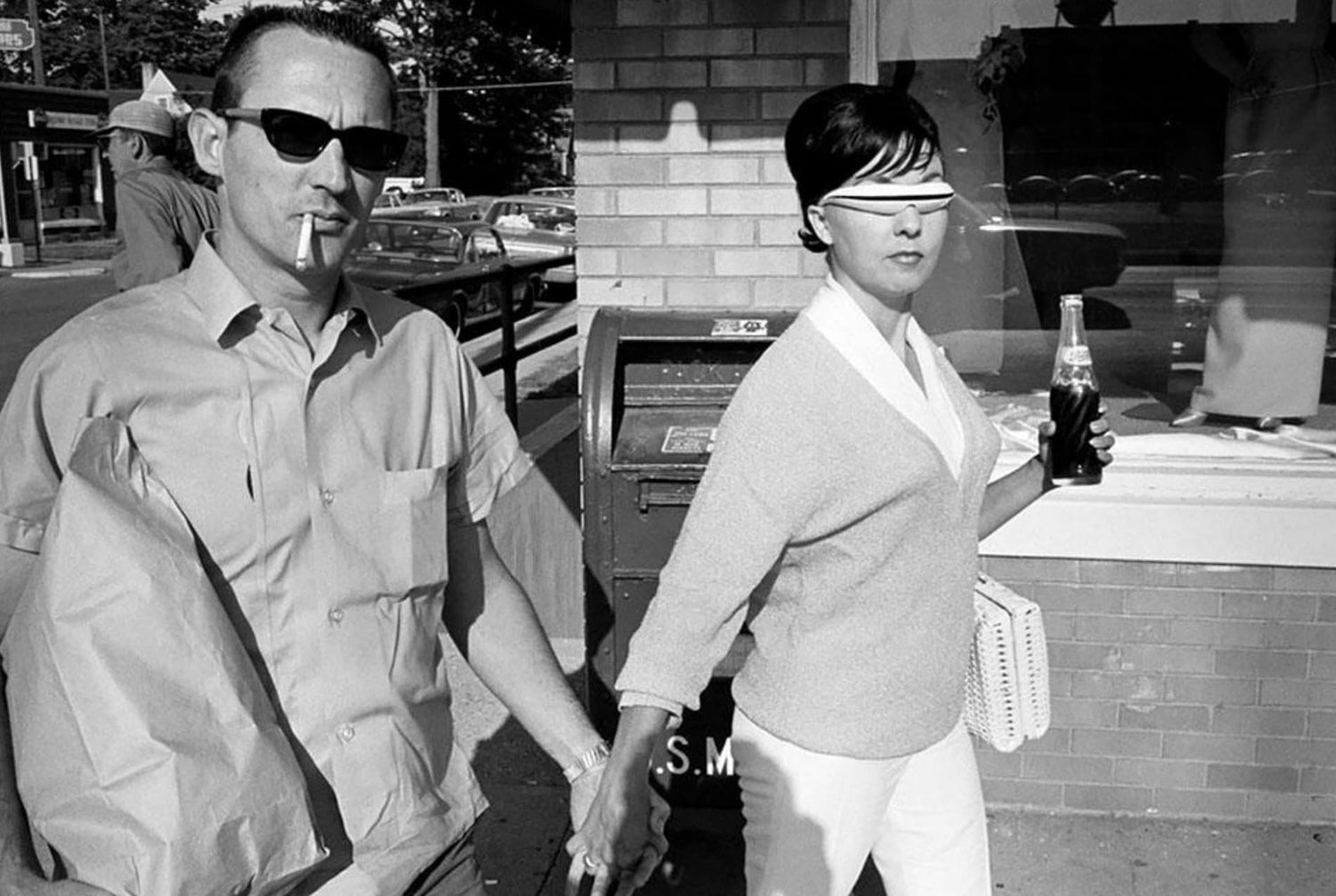It was all the way back in the spring of 2018 that Mindy Kaling tweeted, in response to the onslaught of hot fashion people wearing a certain kind of eyewear, “I think we will regret this tiny sunglasses look.” Anne Hathaway then immortalized the tweet by posting a screenshot and writing, “I’ll sit this one out with you.” Even Ryan Reynolds, who has never been known for fashion criticism, mocked the trend on Instagram not once, but twice.

"What’s behind the power of tiny eyeglasses?" AZYR for Vox
Read the full article here:
Founder, Maureen Ryza, was interviewed by Vox for her insight on this emerging glasses trend.
Unfortunately for Hathaway, Kaling, and Reynolds, in the six years since, tiny sunglasses have not gone away. In fact, they’ve become the de facto shape for not just shades, but regular eyeglasses for a particular type of cool young person: Doja Cat wore them to the Grammys. Recent SNL musical guest Reneé Rapp wore them when she took an iconic tumble on her birthday. Internet it-girls like MUNA’s Katie Gavin, model Gabbriette, and Blizzy McGuire regularly post themselves in tiny eyeglasses. Sexyy Red’s been wearing them for years. Because no fashion trend can really be so named without a signoff by Bella Hadid, she’s also credited as an early adopter.
Online, they’re categorized as Bayonetta glasses, after the 2009 video game character, “office siren” glasses, or, a personal favorite, “cunty librarian glasses.” Basically, they’re small and sort of severe, usually rectangular but sometimes rounded at the corners. To the average onlooker, they’re no different from the cheap reading glasses you’d find near the checkout aisle at the grocery store. But to the stylish and the aesthetically blessed, they’re among the sexiest things you can wear right now.
“The small rectangular ones, I really can’t keep a hold on. Those are the ones that go really quickly,” says AZYR Specs founder Maureen Ryza. Her brand refurbishes vintage frames with updated lenses, and Ryza says that the most popular eras are futuristic ’60s styles and the small ’90s shapes. “When you put on those kinds of glasses, you’re putting on a persona more so than just wearing glasses to shield your eyes.”

What tiny eyeglasses communicate can depend on their context. You can do them à la Miu Miu, in a prim-but-a-little-silly way, or attempt the TikTok aesthetic of the “frazzled English woman,” named for romcom heroines like Kate Winslet in The Holiday and Bridget Jones. You can pair them with an outfit that recalls ’90s model-off-duty minimalism or Y2K-era Space Age nostalgia or Matrix cosplay. But one reference they almost always play on, no matter the outfit, is that of the sexy librarian, among the more durable archetypes in American culture. “It’s librarian chic — it’s breaking this paradigm where glasses are associated with nerdiness, but it’s a mystique, and kind of sexy,” says Ryza.
Modern stereotypes of librarians are rooted in the turn of the 20th century, when educated, middle-class white women began entering the profession. Early on, it was a job thought to employ “sexually repressed spinsters, because it was impossible for our culture to acknowledge an educated, intelligent woman with a healthy relationship to sexuality,” according to Nicole Pagowsky and Miriam Rigby’s book, The Librarian Stereotype: Deconstructing Perceptions and Presentations of Information Work.

